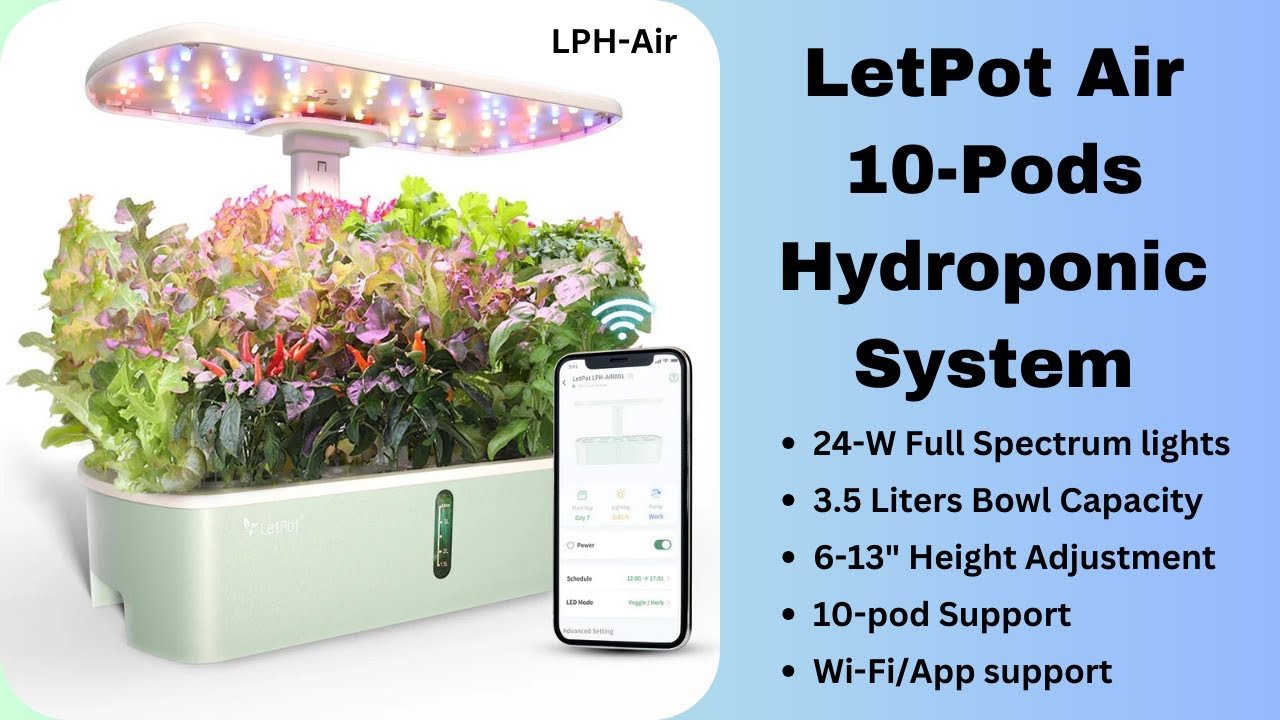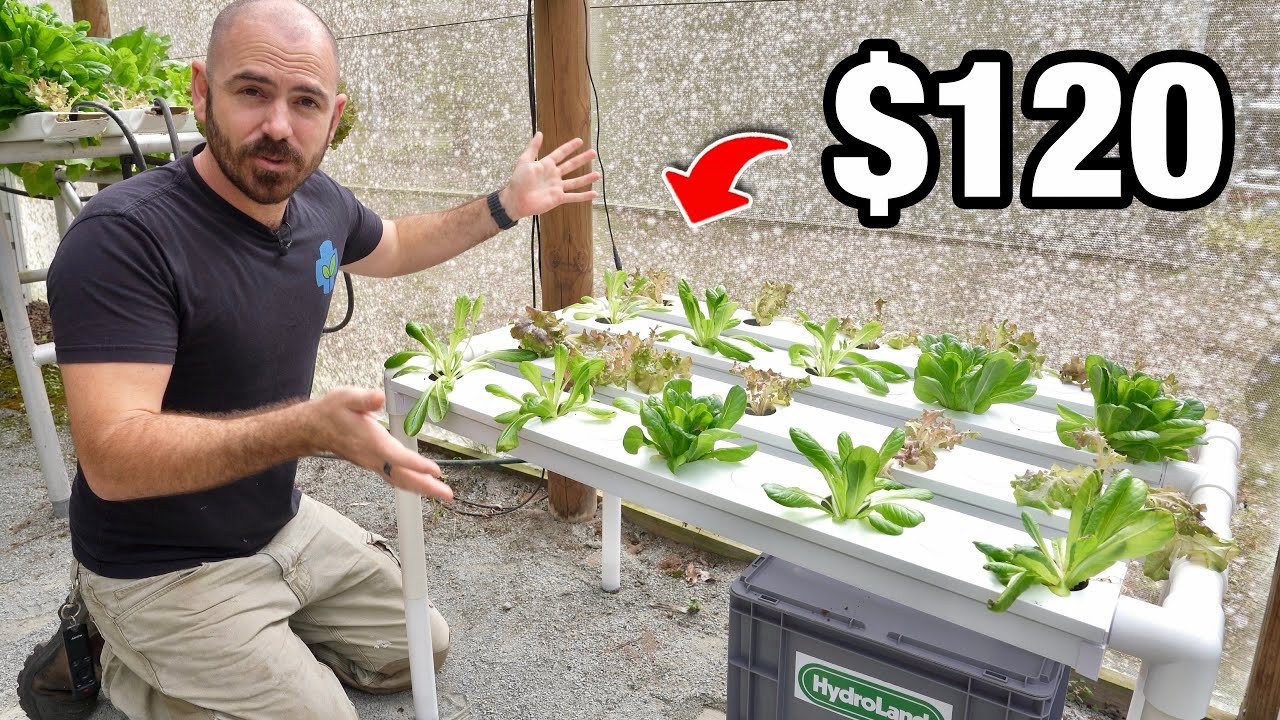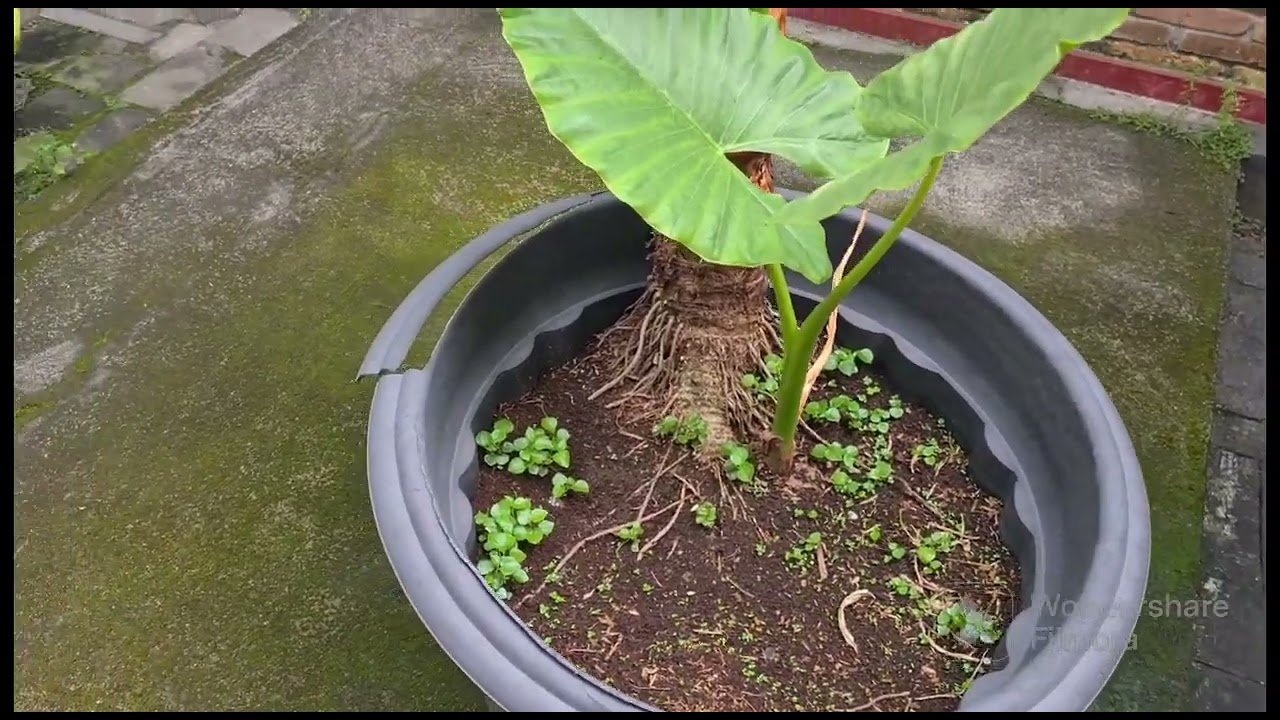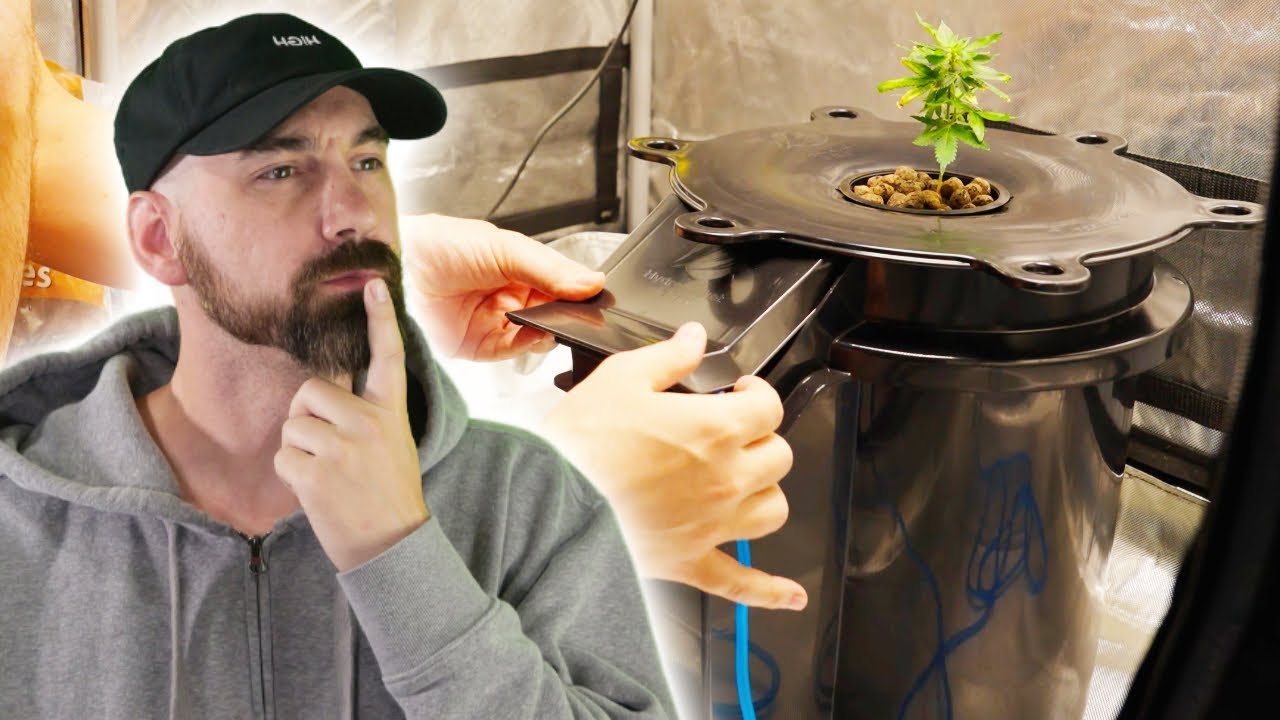The Great Wheatgrass Experiment: Hydroponics vs. Soil
It was one of those muggy afternoons in late spring when I decided to tackle the mysteries of growing my own wheatgrass. You know, the kind of day where the air is thick, the sun is blazing, and for some reason, every time you move, you feel like you just pulled a muscle? I stood in my backyard, sipping lukewarm coffee from a chipped mug my sister had given me years ago. And that’s when it hit me: "How about I try hydroponics?" I had a hodgepodge of leftover materials from previous projects that would go to waste if I didn’t do something soon.
The Hydroponic Dream
I’d seen videos of people growing wondrous plants in vivid greens without any soil, just water and nutrients. Seemed easy enough, right? I rolled up my sleeves, hopped into the shed, and started digging around for old plastic containers, PVC pipes, and a couple of pumps I had used in a failed aquaponics system. Oh boy, that system was a whole saga I’ll get to shortly.
After rummaging through some odds and ends, I thought I had all I needed. I set up a PVC frame that felt more rickety than sturdy, filled it up with water, and dropped in my nutrients, the kind you could buy from any garden center. As I watched my seedlings sprout, I had visions of fresh wheatgrass shots to kickstart my mornings. Pretty soon, the anticipation took over, and I figured I had nailed it. At least, until I found out hydroponics isn’t as easy as it looks in those polished YouTube tutorials.
The Fishy Business
Now, let me sidetrack for a moment. The aquaponics system I tried before was supposed to be this amazing marriage between fish and plants. You grow fish, you feed them, they poop, and boom—nutrients for your plants! I had picked up a couple of goldfish from the local pet store because, well, they were cheap. I skipped any reading on fish care because, let’s be honest, who has time for that?
Long story short, the goldfish didn’t thrive. One morning, I walked out to an empty tank; the smell of decomp was so pungent, I nearly lost my breakfast. It hit me that I had underestimated the care needed to keep a these little guys alive. The next time around, I wasn’t about to let my plants suffer for my fishy miscalculations. So, back to wheatgrass hydroponics. After all, nothing could go wrong with just water, right?
The Green Dilemma
That’s when I noticed a change. I mean, the seedlings were growing, but they didn’t have that bright, lush green I expected. Instead, they sported a sort of dull, murky color. I thought I’d nailed it until my water started turning green, and not in a “lovely algae way.” More like “Shrek would not approve” kind of way. The whole thing started smelling a bit like a fish market trapped in an old sock.
Turns out, I had too much sunlight hitting the water and not enough oxygen circulating. I scrambled back to the shed and found an old aquarium aerator, one that I thought would work miracles. I hooked it up—my excitement mounting—only to discover it buzzed like a swarm of angry bees. I could hear it from two streets over, I’m convinced!
Trying Soil
After a couple of weeks of battling smelly water and sad seedlings, I thought maybe I should do a little comparison. I went ahead and started a small plot of wheatgrass in soil, using some ordinary garden dirt pulled from the far corner of my yard. It was hard, cracked, and crammed with those pesky beetles that seemed to relish my company.
I watered those babies tenderly, singing a song or two while doing so. I mulched them with leaves—like my grandma used to do—because what did I have to lose? And son of a gun, they took off! They weren’t just growing; they were flourishing. Each little blade seemed to shimmer in the sun, and the smell of that fresh earth was more invigorating than my coffee that day.
The Takeaway
At the end of my little wheatgrass escapade, I had learned a few things the hard way. Sure, hydroponics is flashy and intriguing—like that trendy kid in high school. But sometimes, the rugged paths lead you home. Soil, albeit messy and sometimes a little rebellious, nurtured my plants in ways hydroponics simply couldn’t. There’s something inherently grounding about tending to soil, feeling the earth between your fingers, and watching life flourish in the most humble of settings.
If you’re thinking about diving into this world—be it hydroponics, aquaponics, or plain old soil—don’t worry about making it perfect. Just start. You’ll figure it out as you go. And I promise, the journey—filled with its fair share of green disasters and astonishing successes—will be well worth it.
So go ahead, and get your hands dirty (or submerged in water, if that’s more your style). Trust me; the adventure is where the real magic happens.
Want to join the next session and share your experiences? Reserve your seat!







Leave a Reply